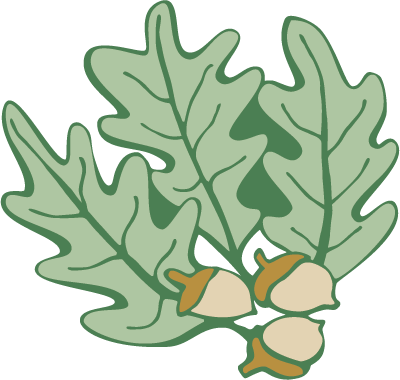FUN ACTIVITIES THAT DEVELOP RHYME AND ALLITERATION AWARENESS
October is Dyslexia Awareness Month. Today we're back with the next part in our series of posts that have fun activities that support learning for all of our kids, but are particularly helpful for our students with dyslexia. If you find this article helpful, please share on social media and let's help raise awareness for dyslexia together!
Rhyme and Alliteration Awareness
Rhyme and alliteration both involve words that share a common feature or sound. Hearing rhyme requires attention to the ending sound in words, while alliteration requires attention to the beginning. Activities that develop rhyming and alliteration help children develop an ear for sounds. They enable them to begin thinking about the sound properties of words as separate from the word’s meaning. For example, a pig is not only a farm animal, it is also a word that rhymes with wigand dig. With both rhyme and alliteration activities, children learn to first recognize, and then produce, words that end or begin the same way.
Activities to try at home to support rhyme and alliteration awareness
Read
Reading books with rhyming words and then talking about the words that sound alike or rhyme or books with alliteration and discussion what sound they hear, is the best way to begin practicing these skills at home.
Odd Man Out
Help your child identify the word that does not rhyme or sound like the others. Present the words orally or using picture cards and have them identify the word that does not belong.
